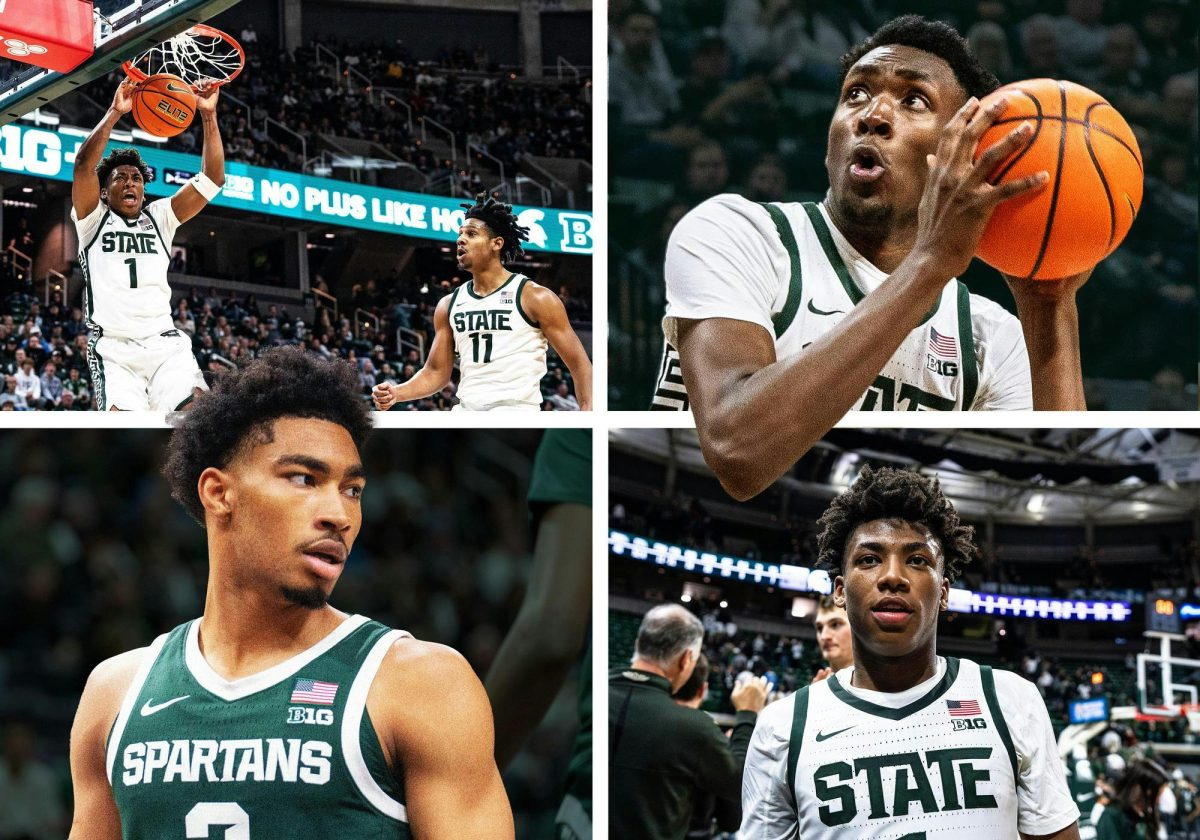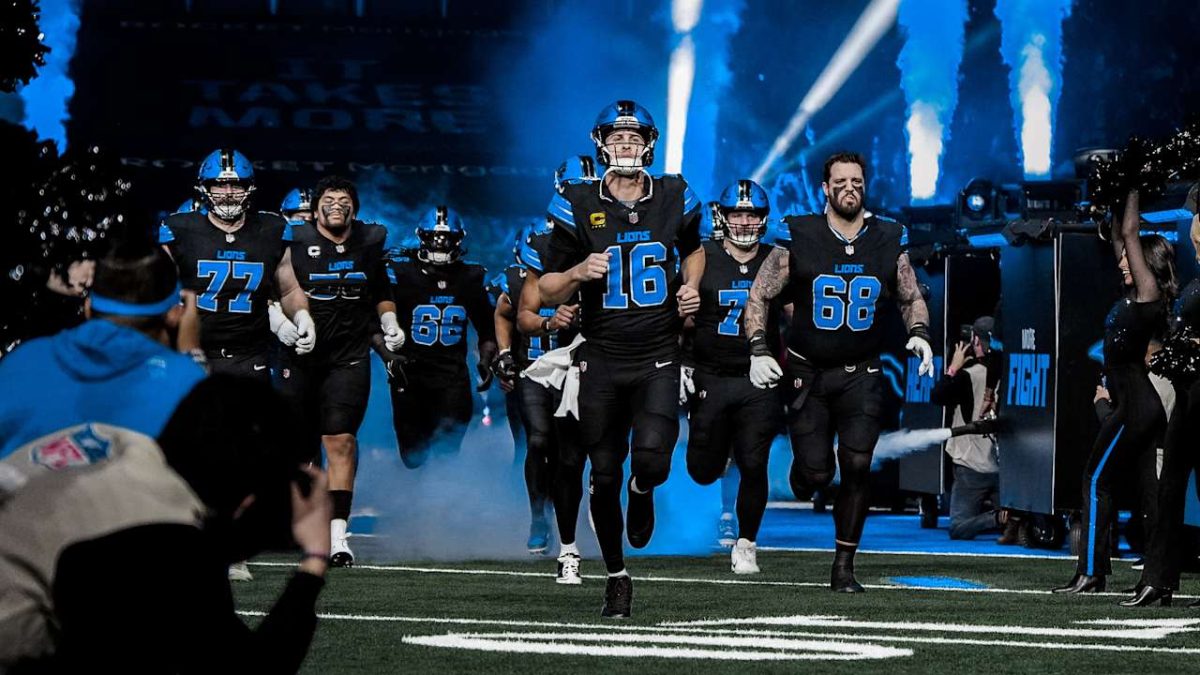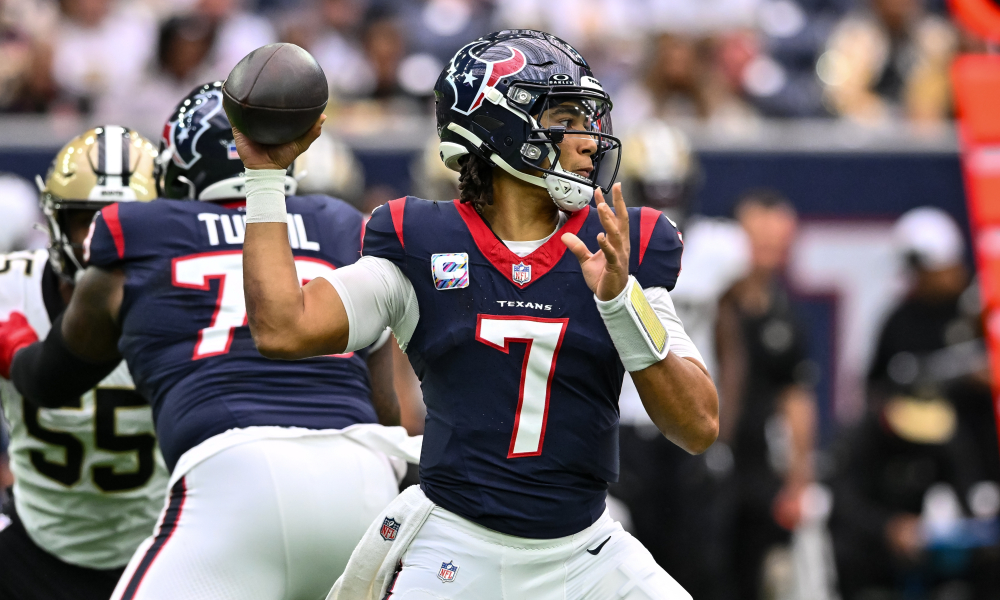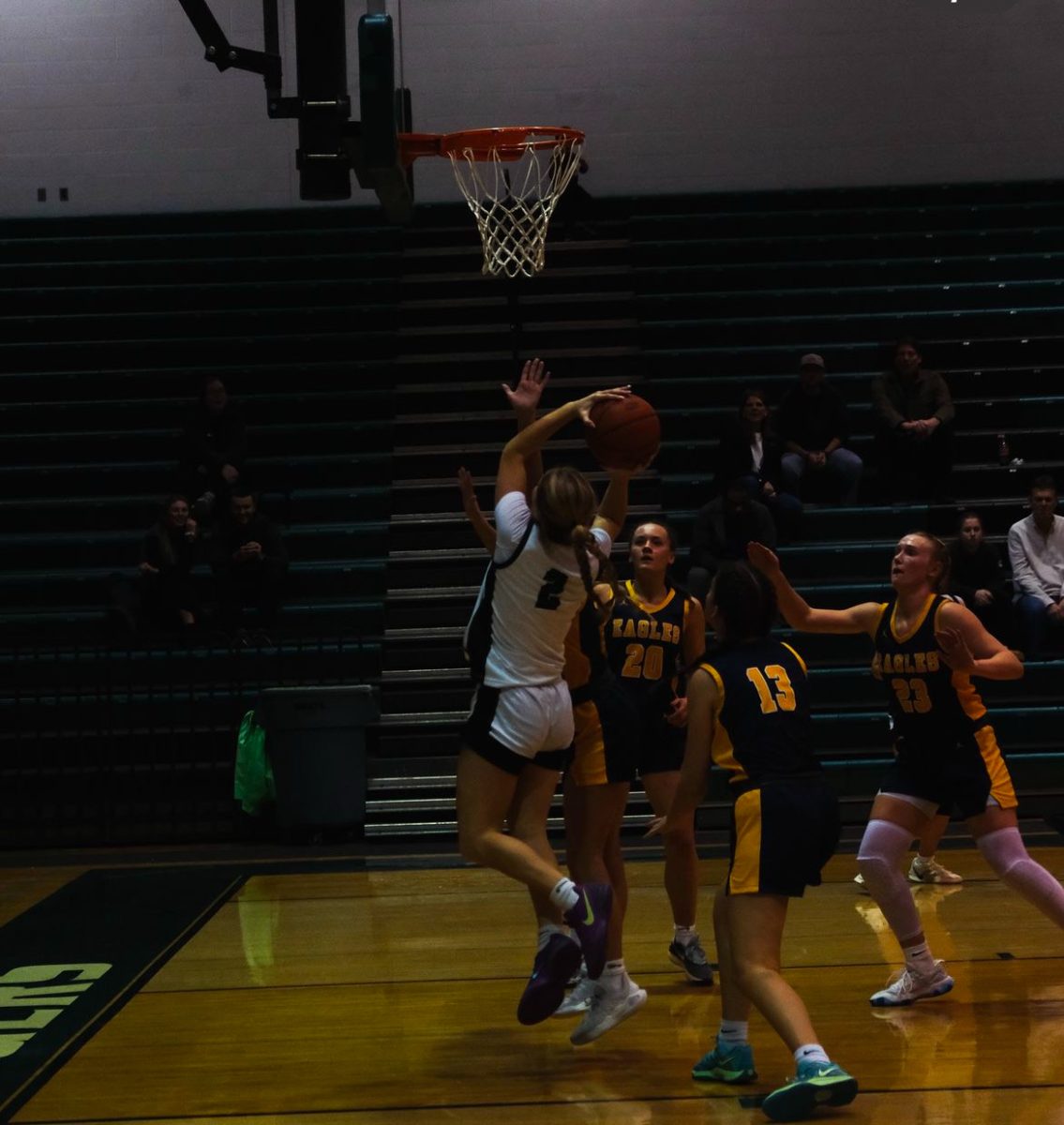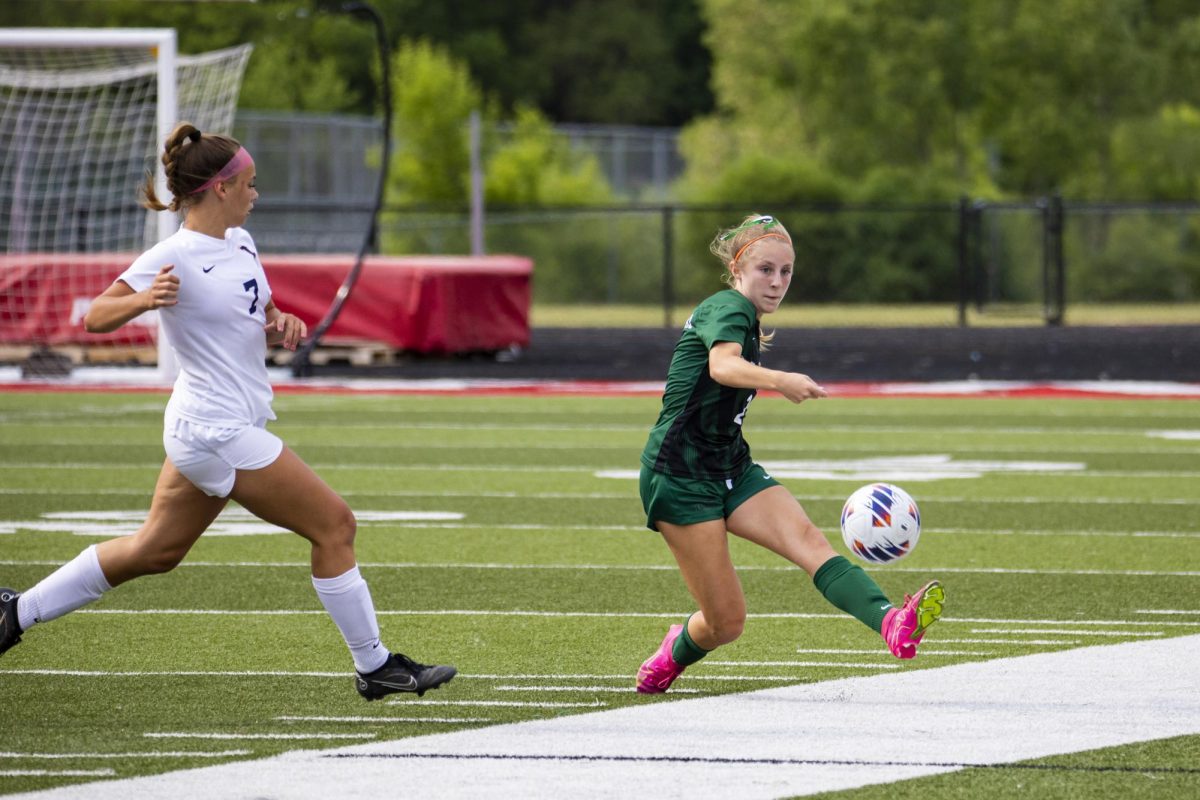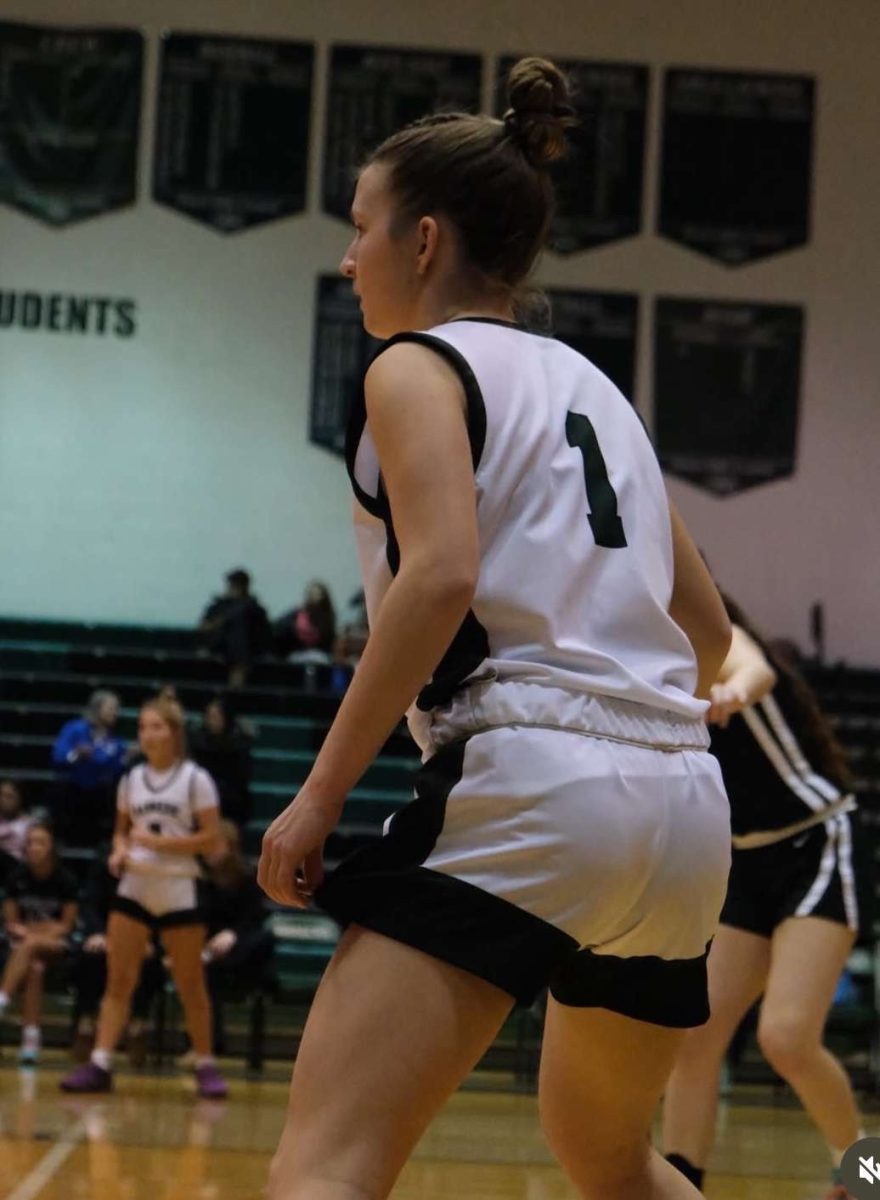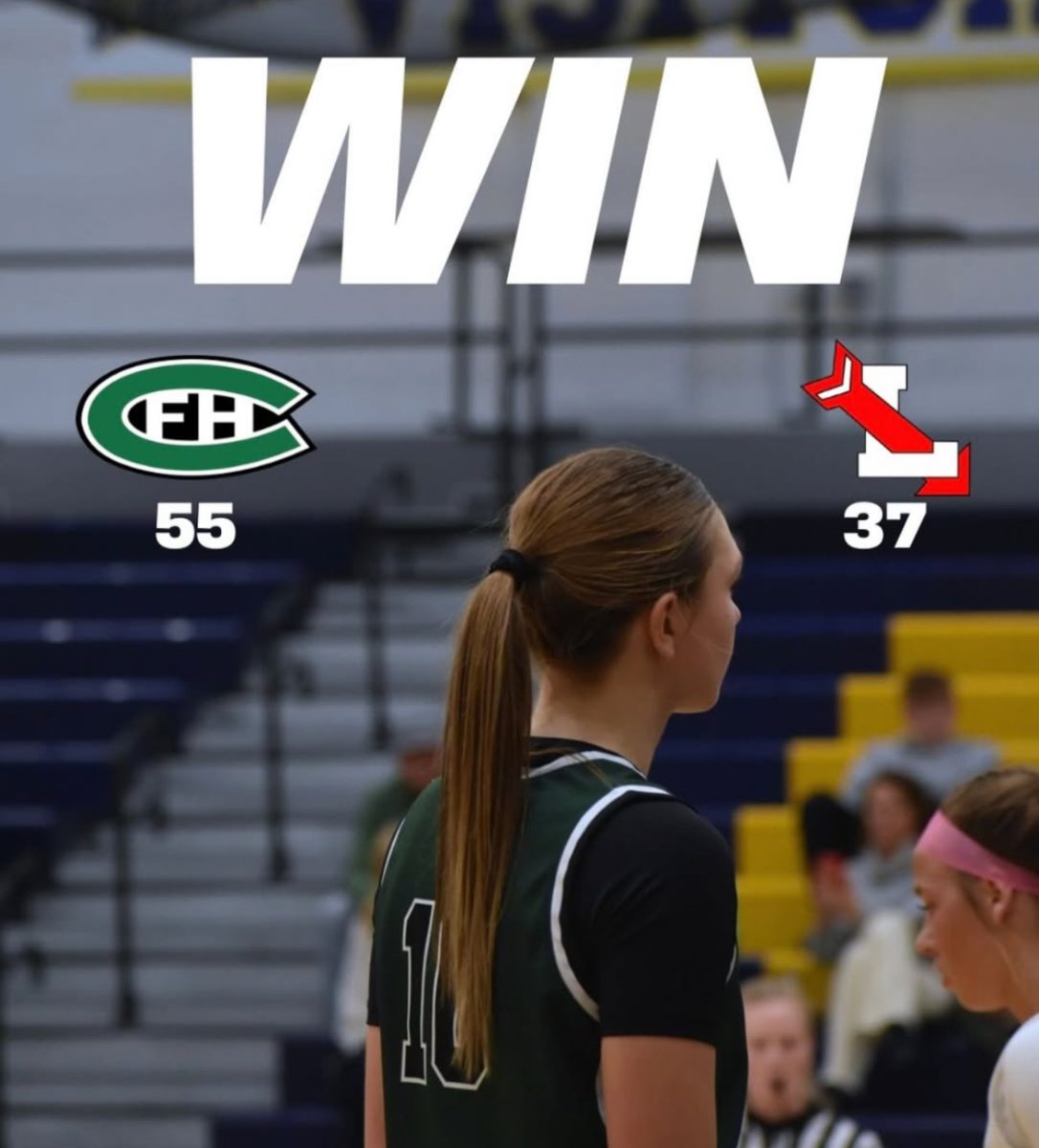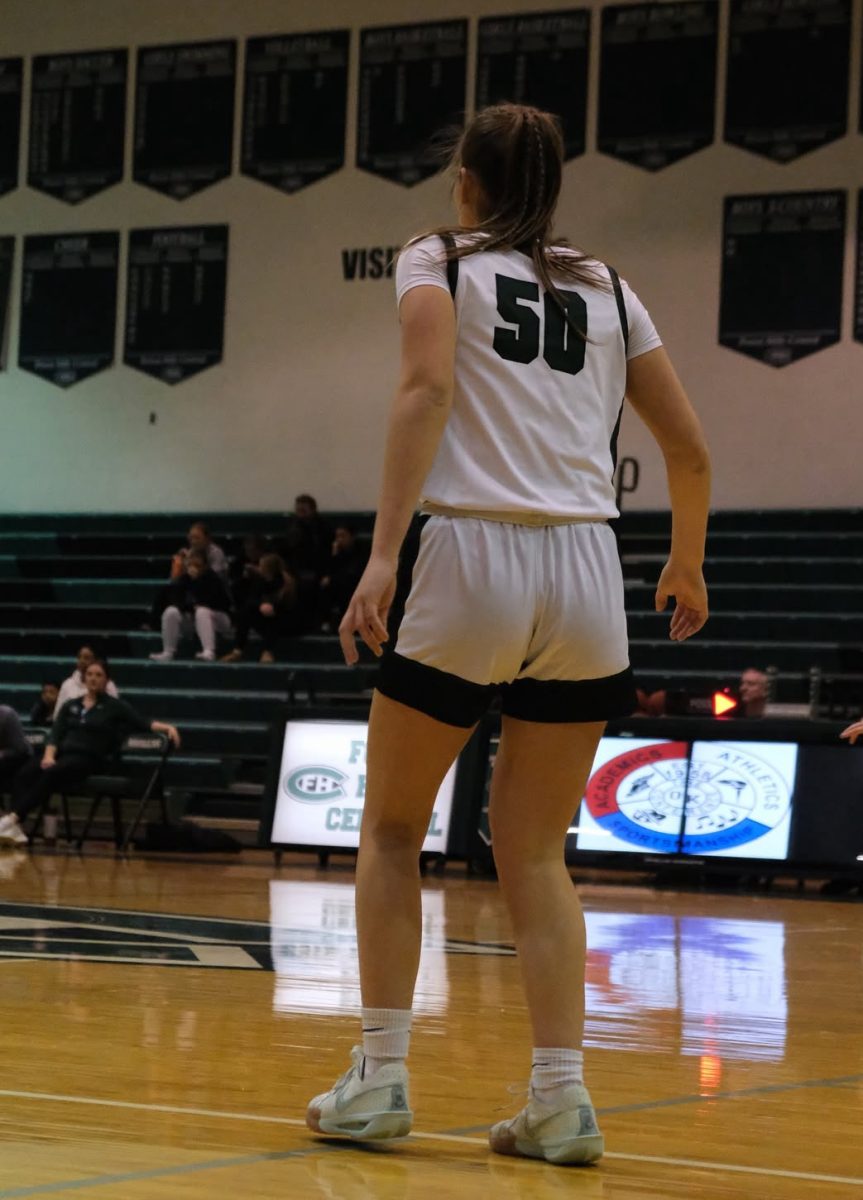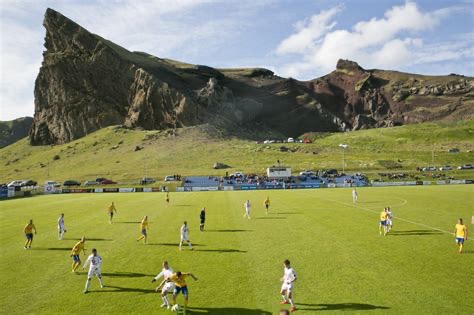
One of my dream destinations is Iceland. I’ve always loved the beautiful scenery and way of life; it’s so unlike life in the US, where we live by hustle culture and have all four seasons. Iceland has jagged cliffs, frigid seas, and rolling hills of green, and their history and culture are so interesting. My love for Iceland doesn’t end there, however—their sports scene is also enthralling.
As stated above, Iceland’s history is rich and fascinating. They were settled by the Vikings thousands of years ago, making for their first forms of sport being played by them. One kind of ancient game was called Knattleikr, which was known as Viking lacrosse. Knattleikr was played like this: players were divided into two teams, and they would use a stick or their hands to move a hard ball, presumably toward a goal box. It was also traditionally played on an icy surface and would last from morning to nighttime.
Today, the national sport of Iceland is glima. Glima was also played by the Vikings, and it is a form of Scandinavian wrestling. I am intrigued by how Iceland’s ancient history is so influenced by Vikings and am grateful to be able to learn about it. Glima literally means glimpse—or flash—which describes the techniques used, such as quick throws, punches, and kicks. Along with glima, handball is equally popular. Iceland’s national handball team is quite skilled, placing second in the 2008 Olympics. Although glima and handball are revered, they are not Iceland’s most popular sport—football is.
Football was introduced to Iceland fairly recently, in the 20th century. The first football team was created in 1912, and the first team to be recognized internationally was in 1930. In 1946, they became a part of FIFA, and from there, football’s popularity bloomed.
Over time, Iceland’s football team improved to become ranked 21st in the world in 2015 after beating the Netherlands in the Group A qualification. Furthermore, in 2018, they qualified for the World Championship, making history as they were the smallest team to ever compete. Unfortunately, the World Championship did not end in their favor; they came in last place.
I am forever jealous that Icelandic athletes can live and train in such a stunning place; the brisk tundras and unique glacial and volcanic activity would be something I’d never tire of. Their lifestyle is also incredibly healthy—Icelandic people have the longest life expectancy in the world, with an average of 83. Part of this is attributed to the amount of fish they eat, as fish contain lots of heart-healthy Omega-3 fatty acids. Additionally, Iceland is known to have low levels of pollution. This matters because many aging diseases are caused by hazardous environmental factors, which alters your DNA over time. Iceland also holds eight “World’s Strongest Man” titles and the female CrossFit champion is Icelandic.
Iceland’s sports and fitness scene is quite impressive, and I think their way of life is something we can take notes from. Again, I hope to visit soon. Bæ bæ! (bye in Icelandic)



